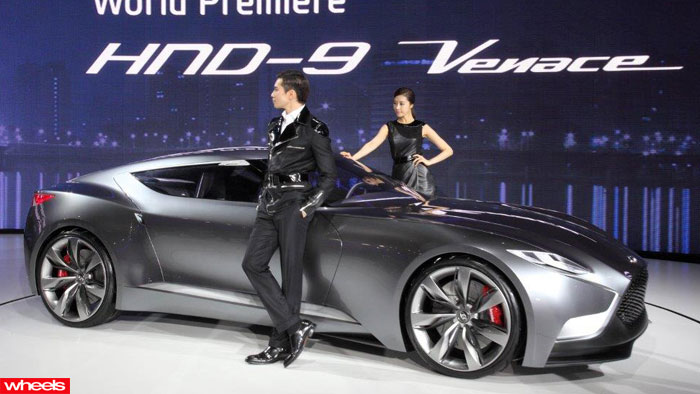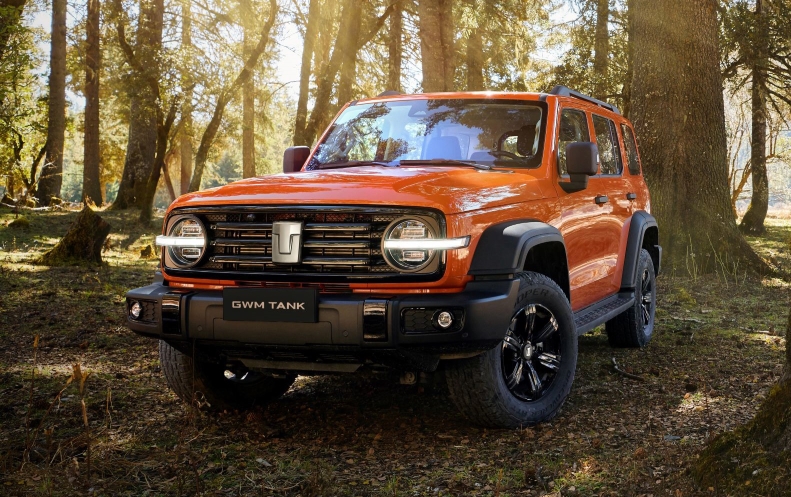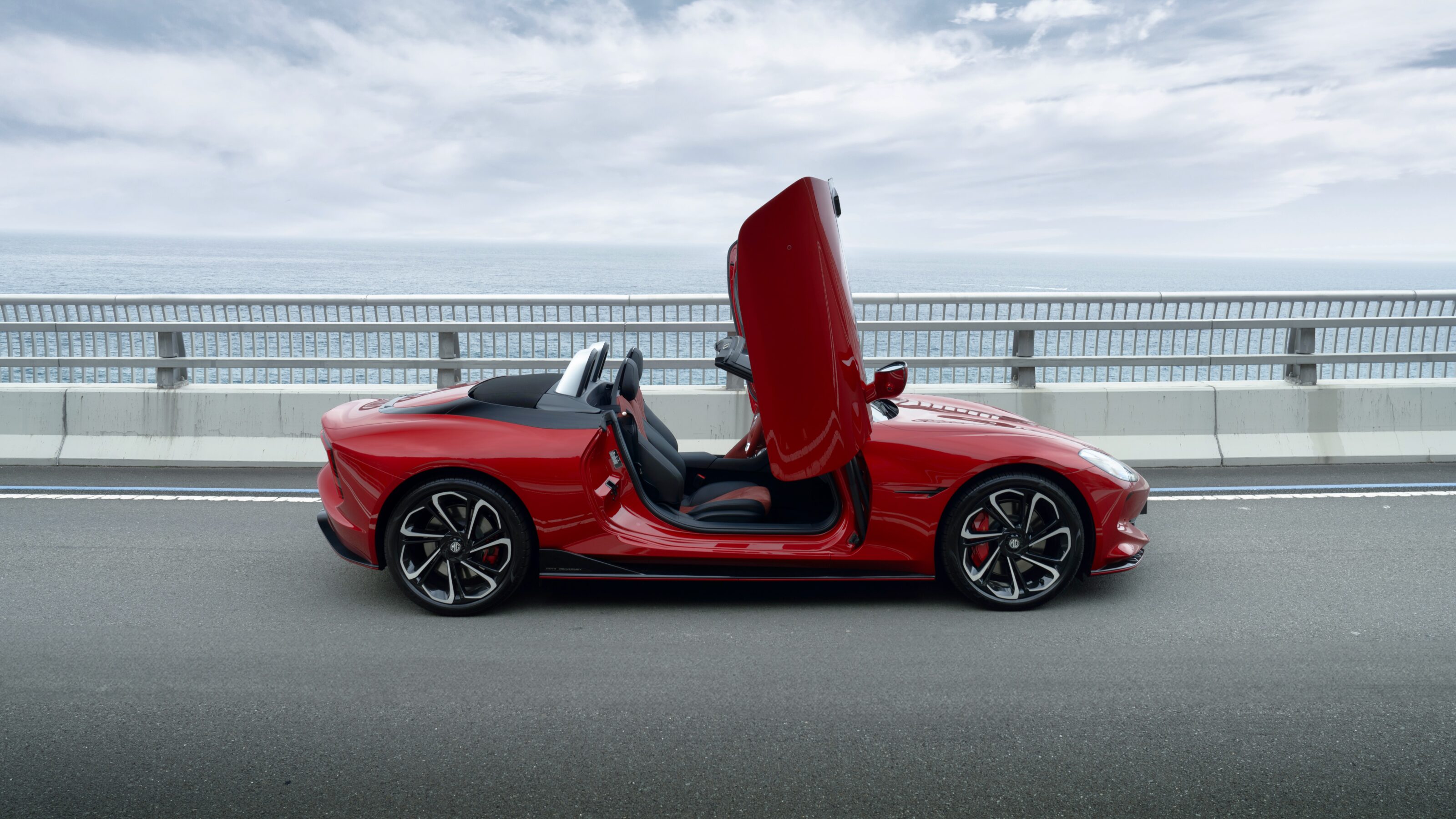Overshadowed by the simultaneous New York show, Seoul still threw up two significant new concepts from the all-powerful Hyundai and Kia group.
Both point to new design directions. Hyundai’s striking Venace coupe represents a further move towards a premium sub-brand, while Kia’s CUB looks set to join the Geneva show Provo as a potential second line of European ‘lifestyle’ vehicles aimed at Mini and Citroen DS.
Hyundai’s Venace concept, “very close” to next year’s production successor to the Genesis coupe in the words of one senior executive, reveals a strong move away from the previous Fluidic style to a cleaner design language.
Designed in Korea by 29-year old, Ukrainian-born, US-educated Mykola Kindratyshn, Venace emphasises its rear drive layout with a long (2860mm) wheelbase, short overhangs and a long bonnet and dash-to-axle ratio, with far simpler body surfaces and volumes, rather than relying on Fluidic’s dramatic graphics and exaggerated crease lines.
“We want to use the Venace’s exterior elements, the soft volumes without aggressive lines, in the future,” admits Kindratyshn. “The look has a lot of potential for future models,” says Peter Schreyer, recently promoted from Kia design boss to oversee the styling of both brands, “it shows we are not stagnating and see the future in a simpler way.”
Forget the butterfly doors and the rear drive coupe reveals the look and character of the new Genesis coupe that’s confirmed for right hand drive production with both normally-aspirated and 362bhp turbocharged versions of a 3.3-litre V6, driving through Hyundai’s own 8-speed automatic.
CUB, Kia’s promised coupe turned out to be a five-door hatch with rearward opening suicide doors.
Styled in Korea, Kia claims it has no plans for a production variant, though the designers admit it points to a new direction and shares some visual elements with the European Provo.
Kia also unveiled the Cross GT, a large SUV concept that exposes the look of the next generation Sorento.
Ssangyong, the Korean arm of India’s Mahindra, unveiled LIV 1, a far more contemporary and attractive large SUV that’s close to production ready as a successor to the ancient Korando, but Chevrolet’s Korean arm effectively ignored the show a nd included a previous generation Corvette among an unchanged raft of production models.
South Korea’s only supercar maker, Oulin Motors (previously Proto Motors), launched the Cregit.
The Korean styled mid-engined sports car, powered by an Hyundai 3.8-litre V6 in three forms; normally aspirated, turbo and twin turbo. The 600bhp twin- turbo claims zero to 62mph in 3.45secs and a 320km/h top speed. Oulin predicts sales of 10-20 Cregits a year.
Strangest of all the models on a stand, that included the long standing Spirra coupe, was the one-off Bengari mid-engined stretched limo, based on the existing Spirra coupe, the suicide rear doors being cleverly interchangeable with the front doors.
Between them, Hyundai (43percent) and sister Kia (34percent) utterly dominate the 1.4m strong Korean market. Imports took just 10.2percent in 2012 with the majority from Germany.
Of the top 10 selling imports just two – Toyota Camry and Prius – were Japanese. The best selling imports were BMW’s 5-sereis and Mercedes-Benz E-clas. The troubled history of Korea and Japan is blamed for Hyundai’s pull out of Japan in 2010 and Toyota taking until just four years ago to open its first dealership in Seoul.





